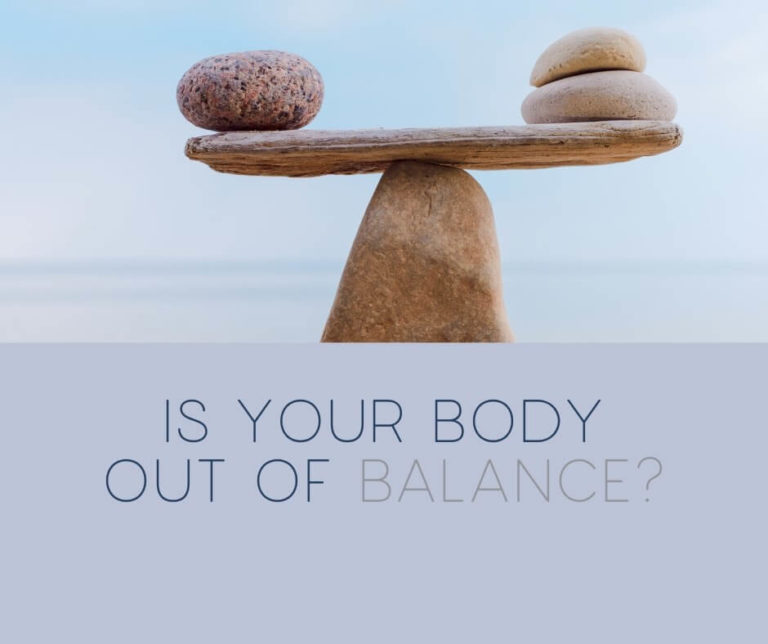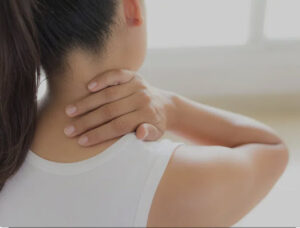Start smart
Begin lunch and dinner with a veggie-rich salad or broth-based soup, says Pennsylvania State University satiety expert Barbara Rolls, author of The Volumetrics Eating Plan. “That lets you fill up first on a big volume of low-calorie food and ends up displacing some of the foods you’ll eat next—the choices that are usually higher in calories.” Here’s a good salad recipe: Mix 11/2 cups of salad greens with 3/4 cup of raw veggies like onions, bell peppers, carrots, broccoli, or cucumbers; drizzle with 2 tablespoons of low-cal bottled dressing.
Sneak a snack
“Ten minutes before each meal, eat some healthy fat (around 70 calories or fewer): a handful of nuts, a few slices of avocado, or a spoonful of peanut butter, for example. That helps activate ghrelin, a hormone that lets you know you’re full,” says Michael Roizin, MD, co-author with Mehmet Oz, MD, of You on a Diet: The Owner’s Manual for Waist Management.
Try the 3-hour rule
“The secret to losing weight comes down to keeping your metabolism alive and active,” according to fitness guru Jorge Cruise, author of The 3-Hour Diet. How do you do that? By eating every 3 hours, give or take 10 to 20 minutes, he says, which translates to three moderate meals with three snacks (100 calories each) between meals. Though other experts say there’s nothing magic about 3-hour intervals, eating small, frequent, portion-controlled meals and snacks can keep your blood sugar level steady, your energy up, and keep you from overindulging.
Have liquid assets
“If you’re going to drink anything with calories (i.e., fruit juice, soda, sweetened coffee and tea, or alcohol), you need to consciously adjust your diet to accommodate those extra calories,” says Purdue University nutrition researcher Richard Mattes, PhD. His research shows that people typically make adjustments to eat fewer calories over the course of a day after eating a solid food like jelly beans, but not after drinking the same amount of calories in a glass of soda. And if you want to replace sweetened drinks with their calorie-free counterparts, rethink it. Some research suggests that people who drink no- or low-calorie drinks might actually end up eating more, Mattes says. The best thirst quencher—and a dieter’s best friend—is still plain old H2O.
Cut out this combo
Skip those munchies made with white flour and sugar, like white bread, cookies, and pretzels, says integrative medicine guru Andrew Weil, MD. They signal the body to produce more insulin and set the stage for turning calories to fat, fat, and more fat.
Choose your pals
Studies show that most of us base how much we eat on what others around us eat, says University of Toronto psychologist Peter Herman, PhD. So steer clear of the big eaters in your social circle, at least when food is around. Sashay over and make small talk at parties with the folks who aren’t hovering near the food table. “Marching to your own caloric drummer requires some independent thought and calculation,” Herman says. Get help by finding out how much you need to eat to lose weight with the American Cancer Society’s calorie counter at cancer.org (search for “calories”).
Pare portions
Everything from beverages to bagels is two to five times bigger today than in the 1970s, says New York University nutrition professor Lisa Young, PhD, author of Portion Teller, who has studied the servings dished up in restaurants and by food companies. “So if you grab a bagel or eat out, chances are you’ll be served double what you need,” she says. Her advice: Start leaving just a little bit on your plate or, if you can, cut the amount you eat in half. She also suggests that you “use your hand as a portion guide—3 ounces of meat fits into your palm, 1 cup of potatoes looks like a fist.”
Be an early bird
Eat the most food earlier in the day, says Elisabetta Politi, nutrition manager at Duke Diet and Fitness Center, Duke University’s successful weight-management center. “Many dieters try to trim calories from their break-fast and lunch and then get hungry,” she says. “Research shows the calories you eat earlier in the day help you eat less at night” —a good idea since you probably won’t be active after an evening meal.
Step it up
“Get a pedometer and start walking,” says University of Colorado obesity expert James Hill, author of The Step Diet. To keep the weight off forever, the goal is to take 11,000 to 12,000 steps (around 90 minutes) a day. “You don’t need to do it all at once,” Hill explains. Start with 2,000 steps a day, or about 15 minutes of walking. Add another 5 minutes (500 steps) each week. You can find supercheap pedometers at drugstores and big-box retailers to help you keep count. There are lots of other sneaky little ways to add more steps to your day, too: Use a cordless phone and walk while you talk, or get up and walk during TV commercials.
Think thin
“Seeing is believing,” says Janice Taylor, weight-loss coach and author of Our Lady of Weight Loss (ourladyofweightloss.com). “You have to picture yourself thin if you want to become thin.” Visualize what you’re wearing, where you are, who you are with, and how you feel. “The more vivid the picture, the more real it will feel to you,” Taylor says, “and the more likely it will take form.”
Shula Lazarus, PhD, a psychotherapist at the North Carolina–based weight-management program Structure House, agrees, though the method isn’t clinically proven. “We use it to help dieters visualize a healthy eating pattern and the right portions on their plate. It can’t hurt, and it might help.”
Fill up on fiber
Crowd out calorie-dense foods by ratcheting up on fruits and veggies. “Start by eating one more serving of fruit and one more vegetable a day,” says Donald Hensrud, MD, a Mayo Clinic nutrition specialist. Hitting that midafternoon slump? Reach for carrots—the carbs will give you a lift. Not only does munching on nature’s bounty become a good habit, but it’ll also help you tap into dozens of disease-fighting phytochemicals and vitamins. The biggest fiber bulker-upper: beans. Just a cup of black beans nets you nearly 15 grams of filling fiber.
Brush your teeth
Sometimes the best advice comes from your best friend or, in this case, a fellow Health reader. Barbara Haug of Grosse Pointe Park, Michigan, says she brushes her teeth right after dinner instead of at bedtime. “I can be a compulsive snacker in the evening,” she says, “but I don’t like messing up freshly brushed teeth.”
By Maureen Callahan, MS, RD




